







Class position
Classes can be moved freely in the
Relation position
For all notation types, the relations are represented by Bezier curves.
Each Bezier curve features four points: the starting point, the ending point
and two attractor points.
When a relation is selected, the four points are represented by gray squares
that can be dragged to new positions.
The starting and ending points of a curve cannot be moved out of the
corresponding class (out of the corresponding member variable area).
Selecting a relation
The procedure for selecting a relation depends on the relation type and the
notation used.
Usually, you select a relation by clicking on the relation label. If the
relation does not have a label, as in OMT notation, you select it by clicking on one
of the relation ends.
One-to-one relations in OMT notation do not have circles at the ends.
Click near one of the ends of the Bezier curve.
Click on a relation label (yellow boxes) or on the relation ends.
Click on a relation label (yellow boxes).
Click on a relation label (yellow boxes).
Note:
In Coad-Yourdon notation inheritance relations are represented in this way:
while in OMT notation they are represented like this:
or
Changing the Database Schema Layout
![]() To change the position of a class:
To change the position of a class:
![]() Select the class in the
Select the class in the ![]() Drag it to the desired position.
Drag it to the desired position.
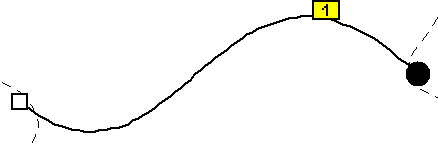
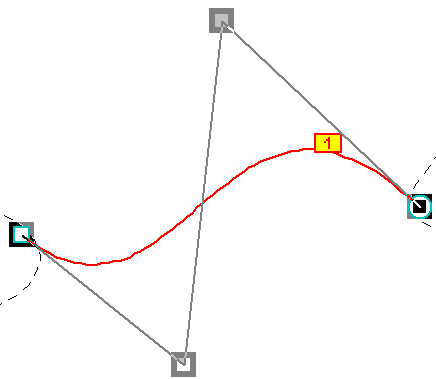
![]() To change the position of a relation:
To change the position of a relation:
![]() Select the relation.
Select the relation.
![]() Click on the black square of a drag point.
Click on the black square of a drag point.
![]() Drag it to the desired position.
Drag it to the desired position.
![]() To select a relation using OMT notation
To select a relation using OMT notation
![]() Click on the circle which is displayed at the end of the Bezier curve.
Click on the circle which is displayed at the end of the Bezier curve.
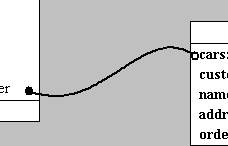
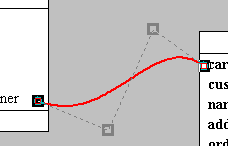
![]() To select a one-to-one relation in OMT notation
To select a one-to-one relation in OMT notation
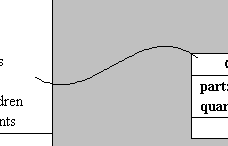
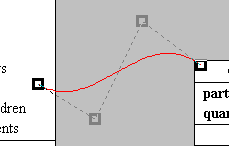
![]() To select a relation in Booch notation
To select a relation in Booch notation
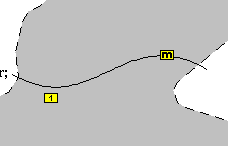

![]() To select a relation in Coad-Yourdon notation
To select a relation in Coad-Yourdon notation
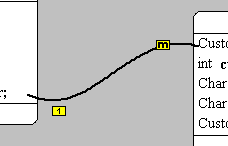
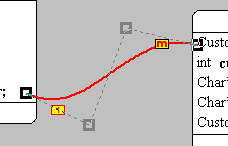
![]() To select a relation in Statecharts notation
To select a relation in Statecharts notation
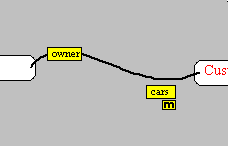
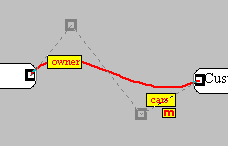
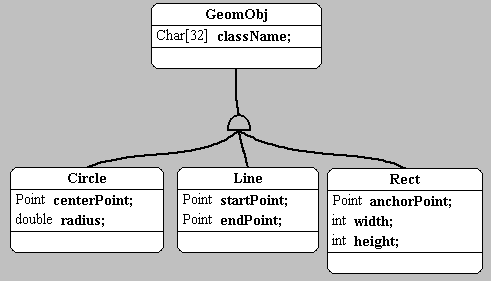
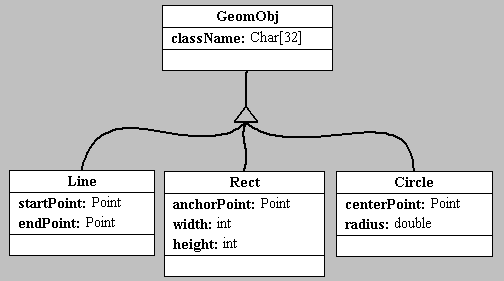
![]() To change the position of the Bezier lines representing inheritance relations
in Coad-Yourdon or OMT:
To change the position of the Bezier lines representing inheritance relations
in Coad-Yourdon or OMT:
![]() Click on the inheritance symbol and drag it to the desired position;
Click on the inheritance symbol and drag it to the desired position;
![]() Click on the inheritance symbol;
Click on the inheritance symbol;
![]() Click on the black square of a drag point;
Click on the black square of a drag point;
![]() Drag it to the desired position.
Drag it to the desired position.
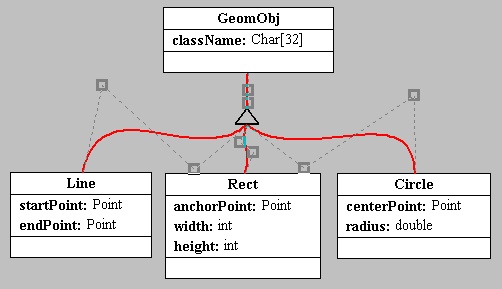
See also
